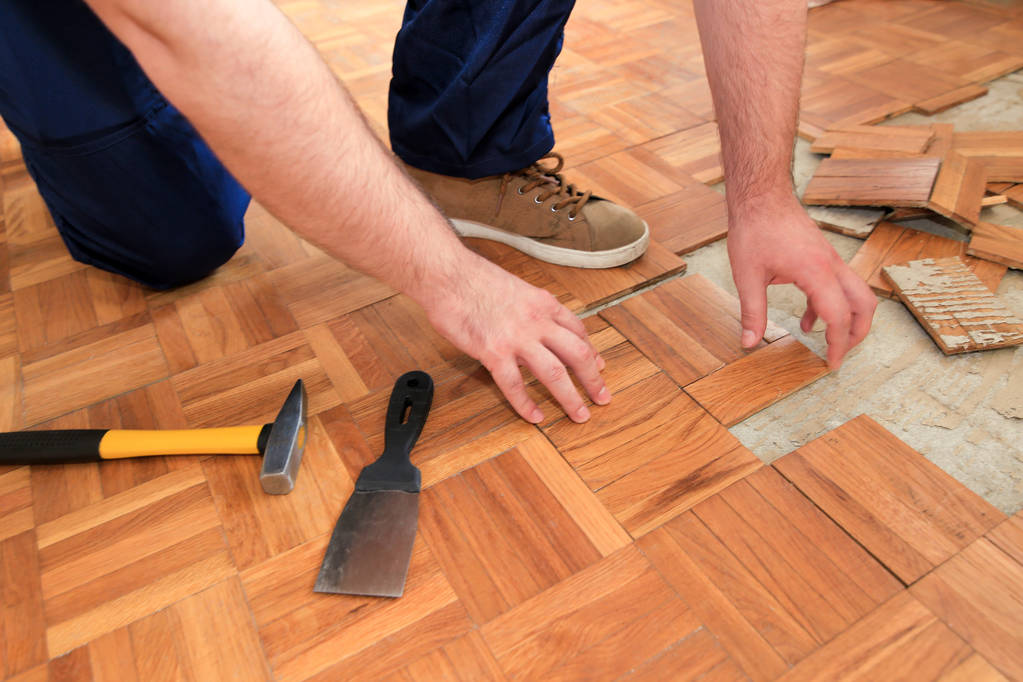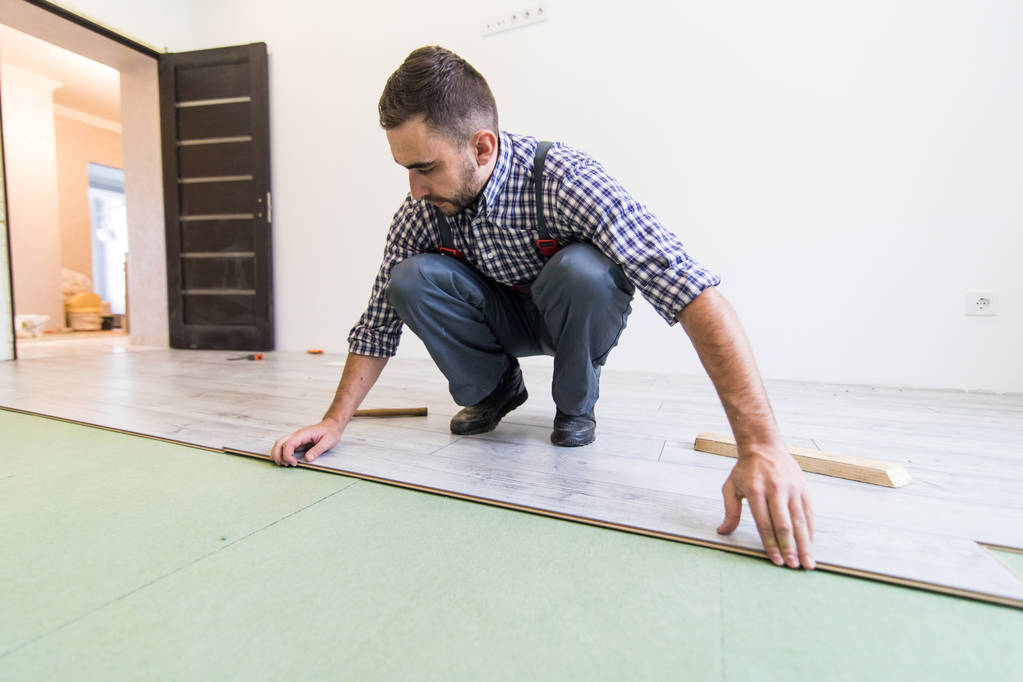Flooring is an essential component of any home, providing a foundation for comfort, aesthetics, and functionality. In areas prone to moisture, such as kitchens, bathrooms, and basements, it becomes crucial to invest in waterproof flooring to ensure durability and protection against water damage.

In this article, we will explore the world of waterproof flooring, its types, benefits, installation considerations, and why it is an excellent choice for homeowners seeking both practicality and style.
Understanding Waterproof Flooring:
Waterproof flooring refers to a type of flooring material specifically designed to withstand exposure to water, spills, and humidity without undergoing damage or warping. Unlike water-resistant flooring, which can resist water to a certain extent but is not entirely impervious, waterproof flooring provides a reliable barrier against moisture penetration.
Types of Waterproof Flooring:
- Luxury Vinyl Flooring (LVF): Luxury vinyl flooring is a versatile and popular option for waterproof flooring. It comprises multiple layers, including a wear layer, a high-resolution printed design layer, and a waterproof core. LVF can convincingly mimic the appearance of natural materials like hardwood, stone, or tile while offering superior water resistance and durability.
- Porcelain or Ceramic Tile: Porcelain and ceramic tiles are renowned for their excellent water resistance. These tiles are fired at high temperatures, making them dense, non-porous, and highly resistant to water absorption. They are available in various designs, colors, and patterns, offering homeowners the flexibility to create beautiful and waterproof surfaces.
- Waterproof Laminate Flooring: Waterproof laminate flooring combines the aesthetics of traditional laminate with water-resistant properties. It features a waterproof core layer, such as high-density fiberboard (HDF) or rigid vinyl, which prevents water from seeping through. Waterproof laminate is an affordable and visually appealing option for those seeking a balance between functionality and style.
- Engineered Hardwood Flooring: Engineered hardwood flooring consists of a natural wood veneer layer on top of a waterproof core layer, typically made of plywood or high-density fiberboard. It offers natural wood’s warmth and beauty while providing enhanced moisture resistance compared to traditional solid hardwood flooring.
Benefits of Waterproof Flooring:
- Water Damage Prevention: The primary benefit of waterproof flooring is its ability to withstand moisture and prevent water damage. It offers peace of mind, particularly in areas prone to spills, leaks, or high humidity levels, as it prevents moisture from seeping into the subfloor and causing structural issues or mold growth.
- Durability and Longevity: Waterproof flooring is designed to be highly durable, and resistant to scratches, stains, and wear. It is engineered to withstand the demands of high-traffic areas and the challenges posed by water exposure, ensuring that it retains its appearance and functionality for years to come.
- Easy Maintenance and Cleaning: Waterproof flooring is relatively easy to maintain and clean. Spills and stains can be quickly wiped away without the risk of permanent damage. Regular sweeping or vacuuming, along with occasional damp mopping, is typically sufficient to keep the floors looking clean and fresh.
- Versatility and Aesthetics: Waterproof flooring options come in a wide range of styles, colors, and patterns, allowing homeowners to find the perfect flooring to complement their design preferences. From natural wood looks to stone-like finishes, there is a waterproof flooring option to suit every aesthetic preference and interior design theme.

Learn more at Wiki as well.
